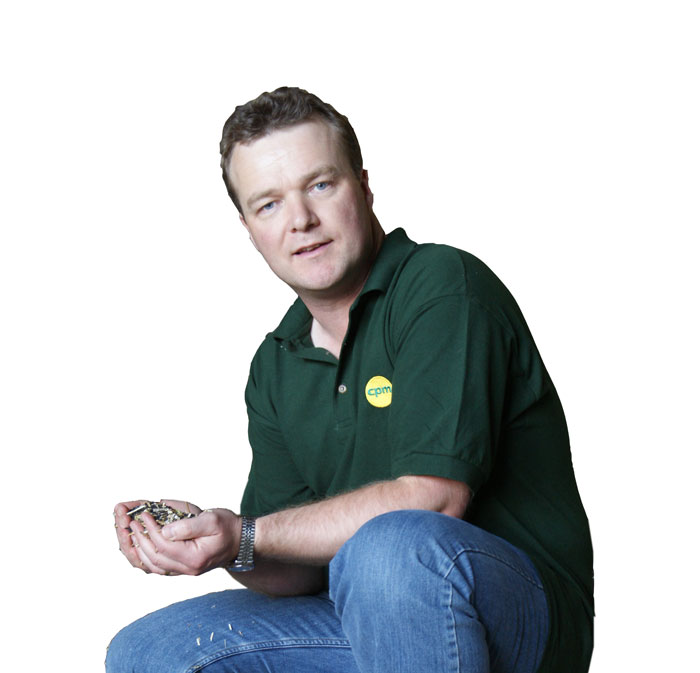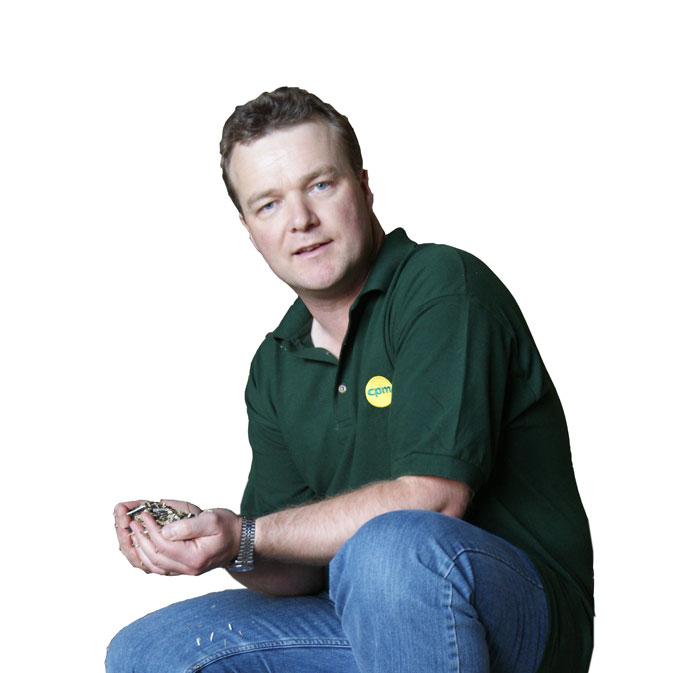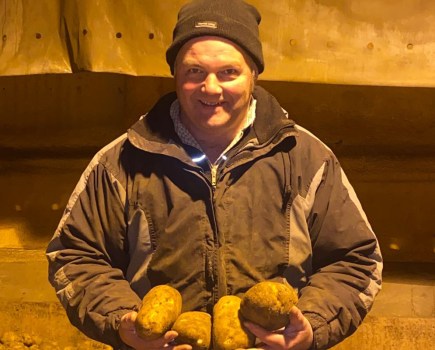 By the time this month’s CPM reaches you, I will have submitted my Countryside Stewardship renewal application.
By the time this month’s CPM reaches you, I will have submitted my Countryside Stewardship renewal application.
I’ve spent the best part of the past month putting a plan together and filling in the forms. Doing the forms themselves was actually quite a doddle – there’s clearly a computing whizz at Defra who’s mastered the wizardry of MS Excel and has created marvellous spreadsheets that prepopulate themselves with all your field sizes and calculate the totals. That person deserves a medal, because they’ve saved us from four-decimal-point purgatory, checking your figures 20 times over then lying awake for the next six months wondering whether you added up your AB9 correctly.
But I’m still completely paranoid the wheels will fall off this five-year plan I’m committing myself to. We’ve had two inspections over the past five years, and both times, despite my best efforts, they’ve discovered a few patches that are smaller than I thought they were and I’ve suffered swingeing penalties (although I can’t think that our resident grey partridge actually give a damn that they’re feasting in 0.3879ha of bumblebird mix rather than 0.4000ha).
So the plan has sat on my desk and I’ve redrawn it 100 times. I’ve played around with every arable option available. But the reason I’ve done that is not to create a marvellous mosaic of wildlife-friendly habitats. I haven’t been motivated to provide places where pollinators buzz and feed on flowers festooning south-facing slopes, then nestle in the tussocky grass of the sheltered margins. Nor have I focused on opening up wildlife corridors to link woodland and give small mammals safe passage.
That’s the planning I’d like to have devoted most of the past month to. Instead I’ve been more concerned that these patches of land I’m juggling around and drawing onto maps with crayons fit the scheme’s tight prescriptions and that the next time the inspector calls there isn’t one small bureaucratic detail I’ve missed that costs me another £1000. And that’s just wrong.
So it really does fill you with hope when you hear Defra civil servants who are putting together the new Environmental Land Management scheme talk about a “lighter-touch approach” (see full article). Anyone who’s attended the recent policy discussion webinars will have noticed a different language coming from Whitehall these days – the aim is that ELM will be farmer-led, guided by local priorities with the support of advisers we trust. And if, despite our best intentions, we don’t deliver the plan we’d set out to achieve, we’ll be encouraged to adjust our ambition, rather than being penalised.
It all sounds too good to be true. We’ve been let down by schemes that haven’t delivered on their promises too many times before, and every gut instinct you have is urging caution. Equally, there’s a lot that’s different now – for those of us for whom nature-friendly farming matters, the ELM Scheme could just have the breadth, depth and flexibility to meet our requirements.
And Defra’s just taken a somewhat surprising step that may give an indication of the direction of travel. From 2021, farmers will no longer have to comply with greening requirements. Ecological focus areas (EFAs) and crop diversification (the three-crop rule) will be consigned to history.
It’s a surprise because it appears a bit of a backward step for a government that’s pledged to leave the environment in a better state than it found it. But the greening rules have always been seen, at least by the majority of farmers in the UK, as a set of bureaucratic requirements that don’t actually achieve much for a greener world. They were introduced in 2015 as rules designed to tie farmers, through CAP payments, to measures that would bring positive environmental outcomes.
The European Court of Auditors, however, delivered a report just two years later concluding they’d only actually achieve that on about 5% of all EU farmland. There are measures, such as IPM and no-till, that farmers across the UK are adopting as part of good arable practice that will likely make far more of a positive impact than greening ever will.
So scrapping these rules could be the start of a new relationship farmers have with Defra. The ELM Scheme could herald a new era in which we’re trusted to deliver the positive environmental outcomes, because (to quote Defra) “farmers are best placed to decide how to provide public goods”.
Of course, there’s a lot that can happen to the ELM Scheme between now and 2024 when it’s actually rolled out. There are a great many unanswered questions and the detail isn’t even close enough to see if the Devil’s in it. But I think Defra’s made a good start – ELM is a good scheme and given farmers good reason to help take it forward.
Tom Allen-Stevens has a 170ha farm in Oxon, and wonders whether there’s a computing whizz at Defra who can save us having to colour maps in with crayons. @tomallenstevens




